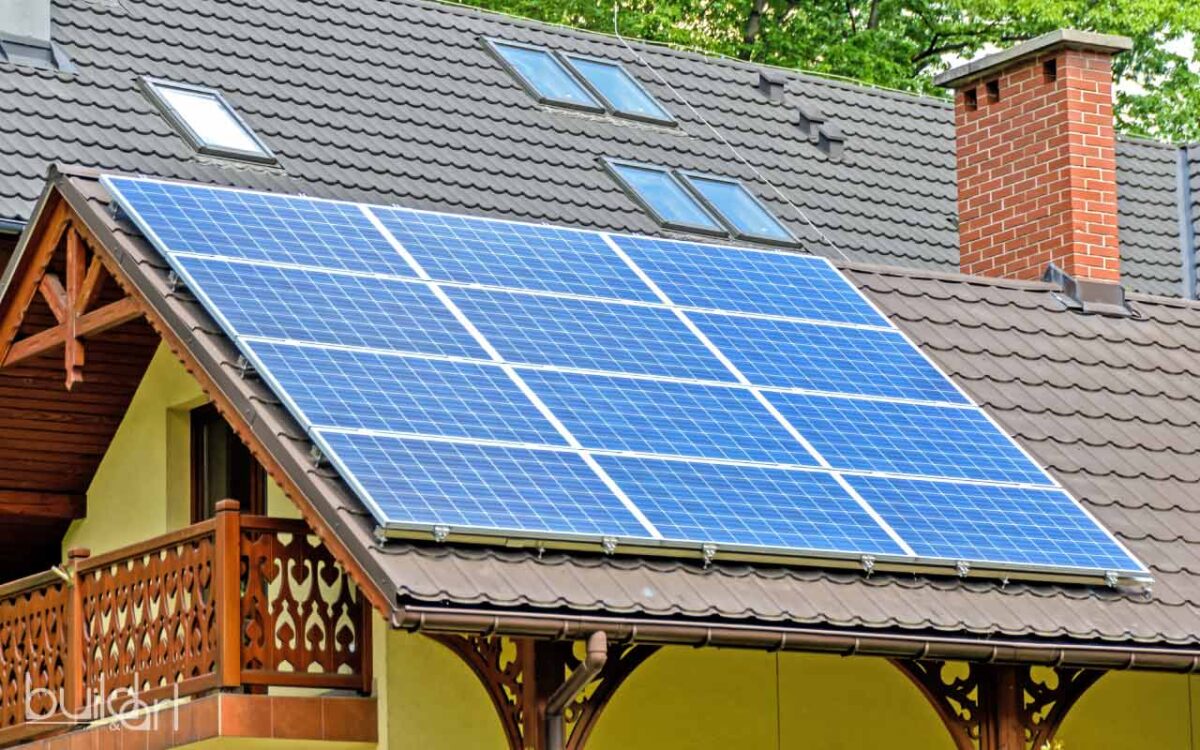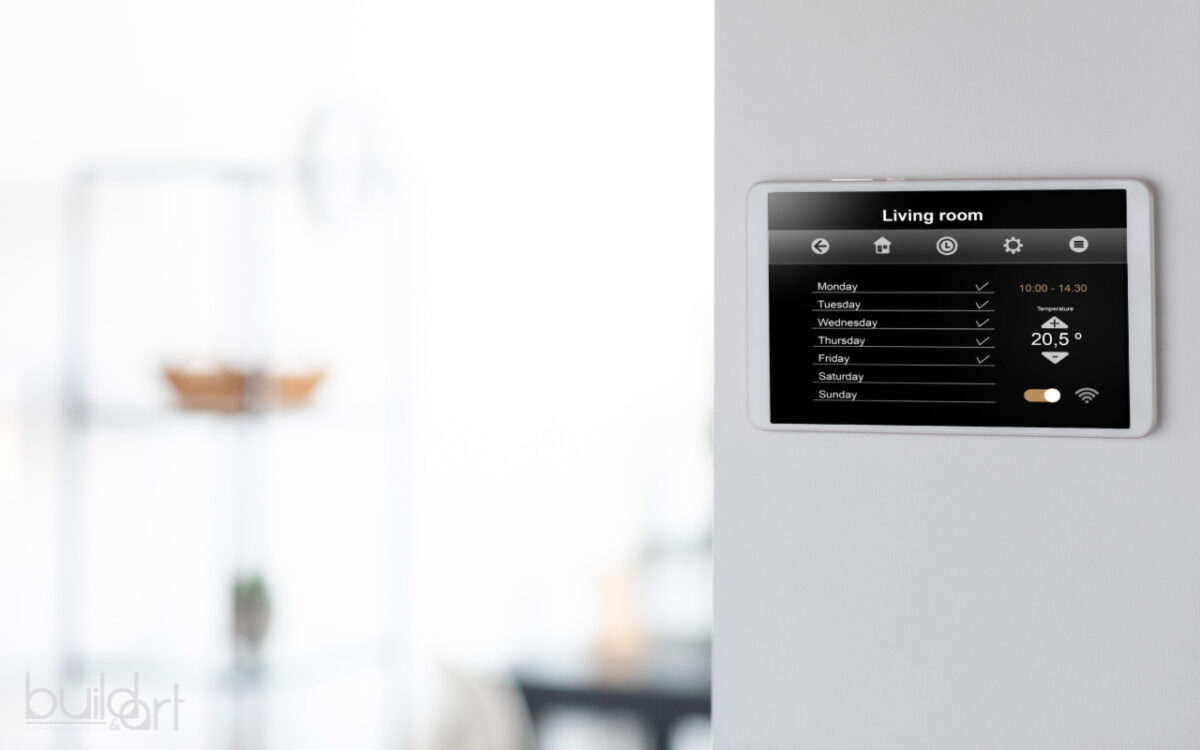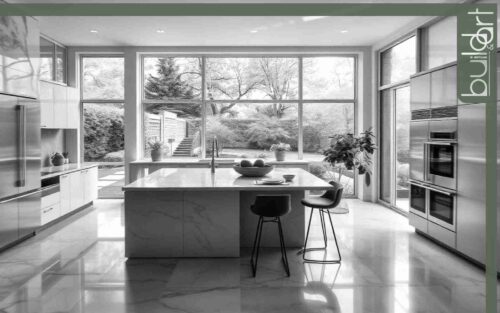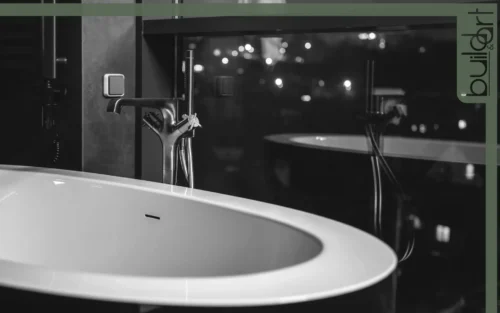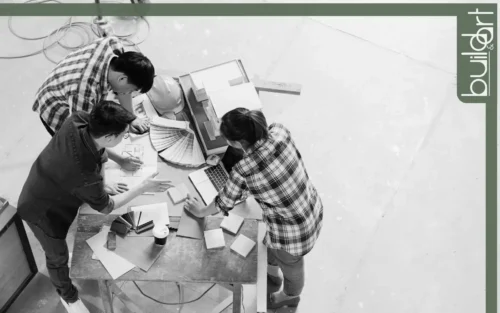Making an old home energy efficient involves spot this two points: addressing issues of insulation and upgrading appliances. Insulation is prime, ceiling and wall insulation alone could save up to 30% on bills.
Houses that were built before the year 2001 in Australia are known to be dependent more on energy. But the happy news is that many measures can be taken to improve the comfort of the older house in addition to making it more energy-efficient. That is why when considering ways of home renovation in Templestowe Lower, it is wise to embark on these 10 tips that reduce energy consumption.
1.Seal the Leaks for Making Energy Efficient:
Australian homes are regarded to be leaky compared with the conditions of homes in other countries. This means that free air circulation are making warm or cool air to escape which in essence will compel heating or cooling systems to run. Patch up any cracks around window sills, doors, including places that you may not even use so much.
2.Insulation is Key:
Proper insulation is the cornerstone of energy efficiency. The Australian Building Codes Authority (ABCB) recommends insulation in ceilings, walls, and under floors depending on your climate zone. Upgrading insulation, especially in older homes with little to none, and using eco friendly home renovation tips, can dramatically reduce your heating and cooling needs.
3.Use the Power of the Sun:
Australia is famous for its sunny weather, so time to make the most of it! You might even opt for the installation of solar panels so that you could depend on self-generated electricity. However, these initial costs can be high but with government rebates and feed-in tariffs, these cost can be recovered fairly quickly. As easy as this, draw your curtains and blinds during the day to facilitate the let in of natural light and heat during the winter periods.
4.Upgrade Your Windows:
When it comes to windows it is equally important. replacing them could be costly while draught-proofing of existing ones could serve as a short-term solution. Whether renovate or build new ones, double-glazed windows with the best thermal specifications would be the most beneficial in the long run.
5.Switch to LED Lighting:
Changing those traditional incandescent bulbs with new energy-saving bulbs, the LEDs. LEDs are up to 80% more energy efficient, last at least twenty-five times longer, and ultimately lead to massive amounts of savings.
6.Be Smart About Heating and Cooling:
it is proven that simply turning your temperature up or down by one degree has a large effect on your usage. Using of ceiling fans to circulate the air around the rooms during the warm summer seasons. Another way that can help reduce the amount of electricity used by the air conditioning unit is to service it frequently.
7.Upgrade Appliances:
Installing modern appliances instead of the old ones which consume more power is a wise way of cutting the costs for utilities and contributing to environmental conservation. You should check and identify an Australian Government Energy Rating Label when choosing your electric device. Take for example electricity consumption, the initial cost of a CFL or LED may be higher but in the long run, the money spent on electricity will be lower.
8.Embrace Clever Habits:
Simple modifications in the daily program can reap huge benefits. Use cold water when washing your clothes; it is advisable to shower for shorter spans of time; and instead of using the dryer, hang your clothes to dry.
9.Reduce Standby Energy Consumption
Many appliances continue to draw a small amount of power even when switched off. Eliminate this “vampire energy” by plugging electronics into power strips and switching them off completely when not in use.
10.Use Professional Help:
A certified energy assessor may also provide a full home energy check to determine specific recommendable solutions. However, this can be a wise investment, letting you know exactly where your next upgrades will be the most effective, and where your budget can go the utmost.
And so,
If you want to have a cozy and efficient home, Build and Art will help you achieve this with these tips. Have comfortable indoor climate throughout the year, save on your electricity bills, and contribute to environmental conservation. And the beauty of it all is that it will benefit you, your pocket, and the environment as well!
FAQ
What are most important things to consider when making an old home energy efficient?
Sealing air leaks and upgrading insulation are two most impactful things for improvement. Addressing these can significantly reduce your heating and cooling needs.
How can find air leaks in home?
Feel around windows, doors, and other openings for drafts on a windy day. A thermal camera can also help identify leaks.
What type of insulation is best for my home?
The Australian Building Codes Authority recommends different types of insulation depending on your climate zone. Upgrading ceilings, walls, and under floors can make a big difference.


